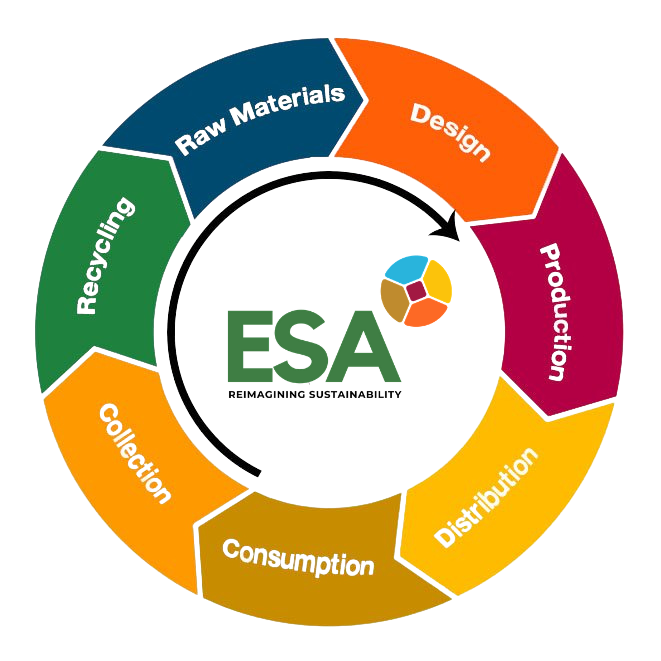The Circular Economy
24 Apr, 2020 7:39 AM / by Quek Leng Chuang

The circular economy approach is a crucial principle that guides our operations. Our world does not have infinite resources. However, with modern technology, we can revive what is considered as waste and start infinite resource lifecycles. We concentrate on reviving base and precious metals from industrial waste. Thereby, our objective is to improve our processes continuously and to come closer towards the objective of generating Zero Waste from our business. Still, emissions are created in circular economy. This is why we also introduce our low carbon approach to this system. Our business follows the circular approach replacing the former linear one.
Raw materials: The sourcing of raw materials is different for every commodity. For example, for plastic fabrication first crude oil must be extracted from the ground. Base and precious metals like gold, copper or tin are often mined from untouched areas. To exploit them, natural mining operations devastate natural habitats like rainforests and waterways. Also, a remarkable amount of carbon dioxide is emitted in order to fuel machines that are needed for industrial mining operations.
Design: Well-developed design of goods such as packaging material can contribute to easier recycling processes that benefit the circular economy. For example, plastic bottles from PET or glass deposit bottles consisting only of one single material are easier to recycle than composite packaging. Also, design of more durable products influences their lifespan. Furniture or clothing that is only in fashion for a short time will be discarded faster. Sound design can contribute to a longer lifespan, easier separation of raw materials and to a sustainably working circular economy.
Production & remanufacturing: Manufacturing companies use raw material to assemble a wide range of products for consumers and businesses, for example electronic appliances, cars, catalyst, jewellery and much more. With processes that are optimised towards lower energy use and waste levels, they can contribute to a low carbon circular economy.
Distribution: Finished products leave companies and get distributed to retail that sells them to consumers. Often, transportation routes are long in our globalised world. Choosing a sustainable means of transportation, e.g. train over truck or airplane, helps to keep the carbon footprint of the products lower.
Consumption: Consumers or other businesses buy finished products and use them. In this phase, companies can support them with advice and services so they can keep their product for longer. For example, affordable services for cracked smartphone displays support longer use of the smartphone and sound consumption habits. Also design that lasts for more than one season contributes to a more sustainable consumption pattern, a longer lifetime of the products and happier customers.
Collection: Waste is collected from households and companies. In comparison to other Asian countries, the waste collection system in Singapore is developed fairly well for consumer waste and for business waste. However, when looking at recycling rates, the country is falling behind in comparison with other industrial nations.
How do we support the development of a circular economy?
Environmental Solutions (Asia) plays its part for circular economy and can start at the collection stage following the scheme above.
Collection: As long as waste is seen as a resource, we are often tasked with the collection of the waste. That is our starting point – to provide solutions to our customers to manage their waste, end-to-end.
Recycling: Recycling is a crucial process in order to obtain raw materials back from the used goods and to enable the circulatory system to work properly and to enable resources to be used infinitely. In comparison with other industrial nations, Singaporean recycling rates especially for plastic waste and electronic goods are still below their potential.
With our diverse recycling projects, we work hard to change this, aiming to support the development of a circular economy in Singapore and beyond. Our company currently sources hazardous waste mainly from industrial companies and recycles base and precious metals out of it. Another important realm of our recycling services is the bulk sampling of catalytic converters in order to obtain platinum group metals. However, we plan to extend our scope and to also recycle packaging waste and electronic waste from consumers and retailers in the near future.
Raw Materials: We produce metal concentrates, or NewOil and other materials that may not require us to partner with a 3rd party that we manage to obtain the raw materials required to be put back into the overall circular economy.
Design: As a solutions provider, at times when providing raw materials back to companies, it requires us to go above and beyond recycling, with bespoke solutions, to process recycled material to the specifications required by our customers in order to meet their production standards and quality.
You may find all the recycling services we offer by clicking here.
If you have specific solutions that you’re after and if you want to contribute to the circular economy, please get in touch with us today.
Topics: Catalytic Converters, Corporate Social Responsbility, Environmental Offset, Metal Waste, Packaging Waste, Reimagining Sustainability, Sustainability in Singapore, Wood Waste
Written by Quek Leng Chuang
LengChuang is a chemical engineer and an expert in carbonomics. He is the founder and owner of Environmental Solutions (Asia) Pte Ltd.
